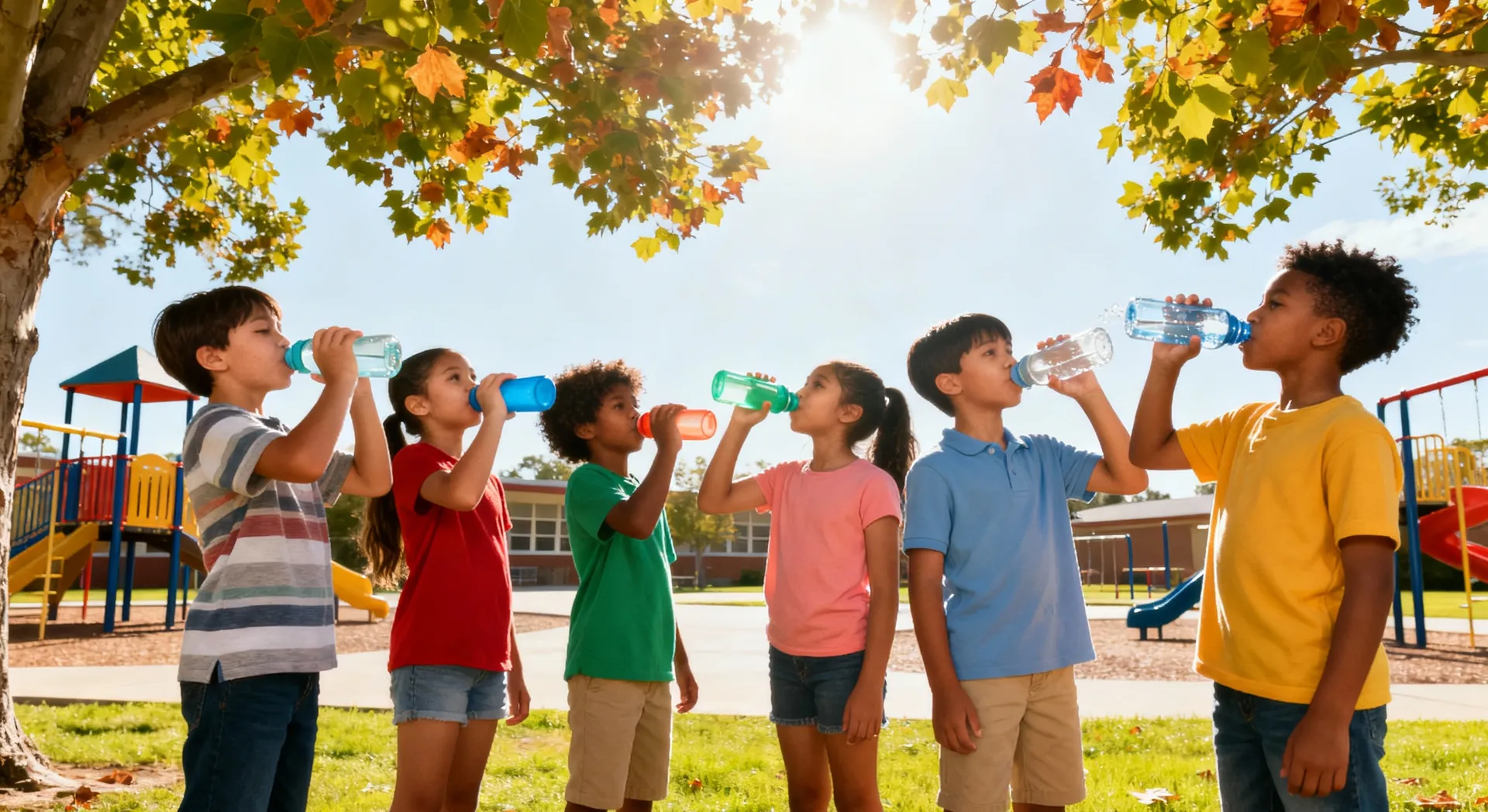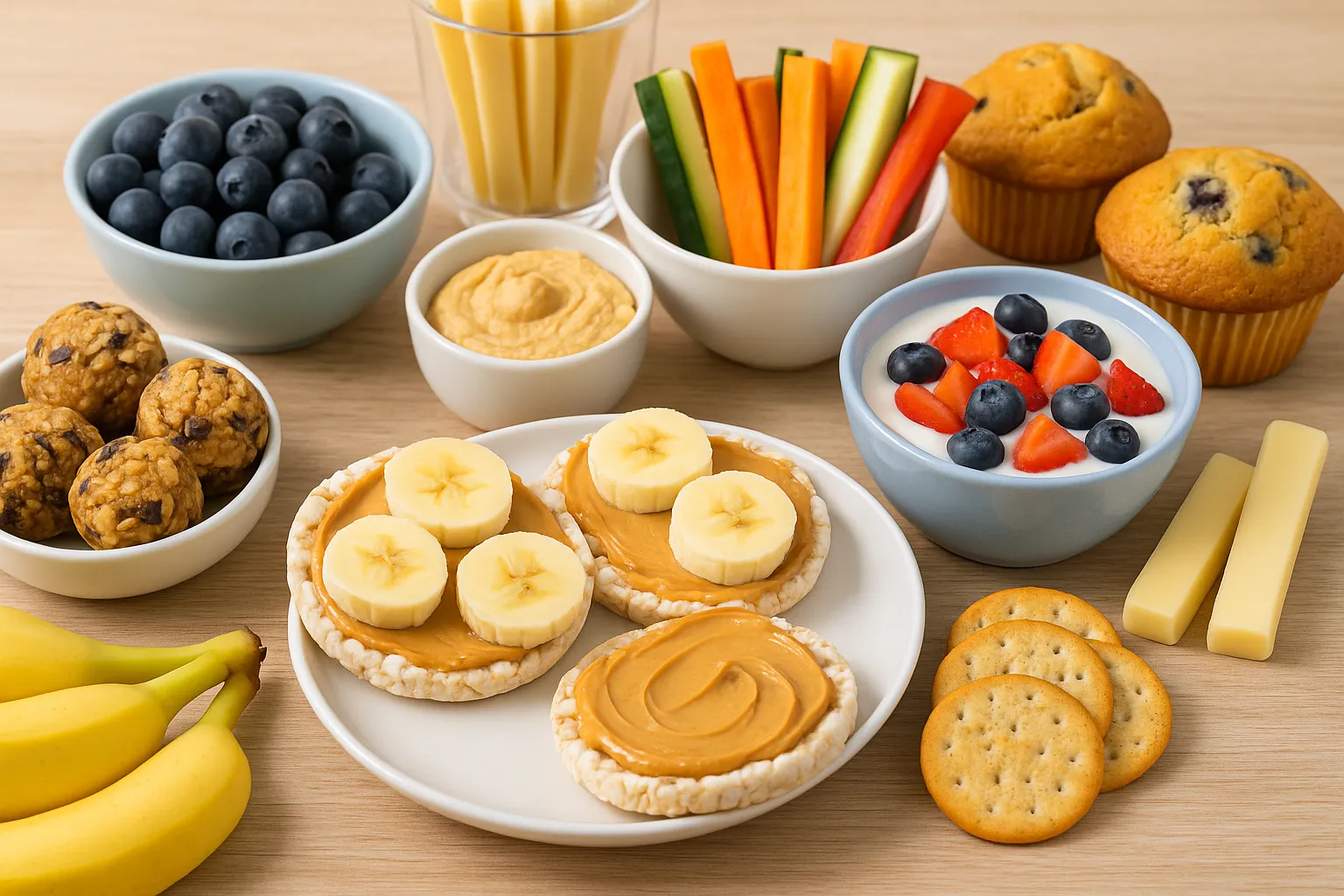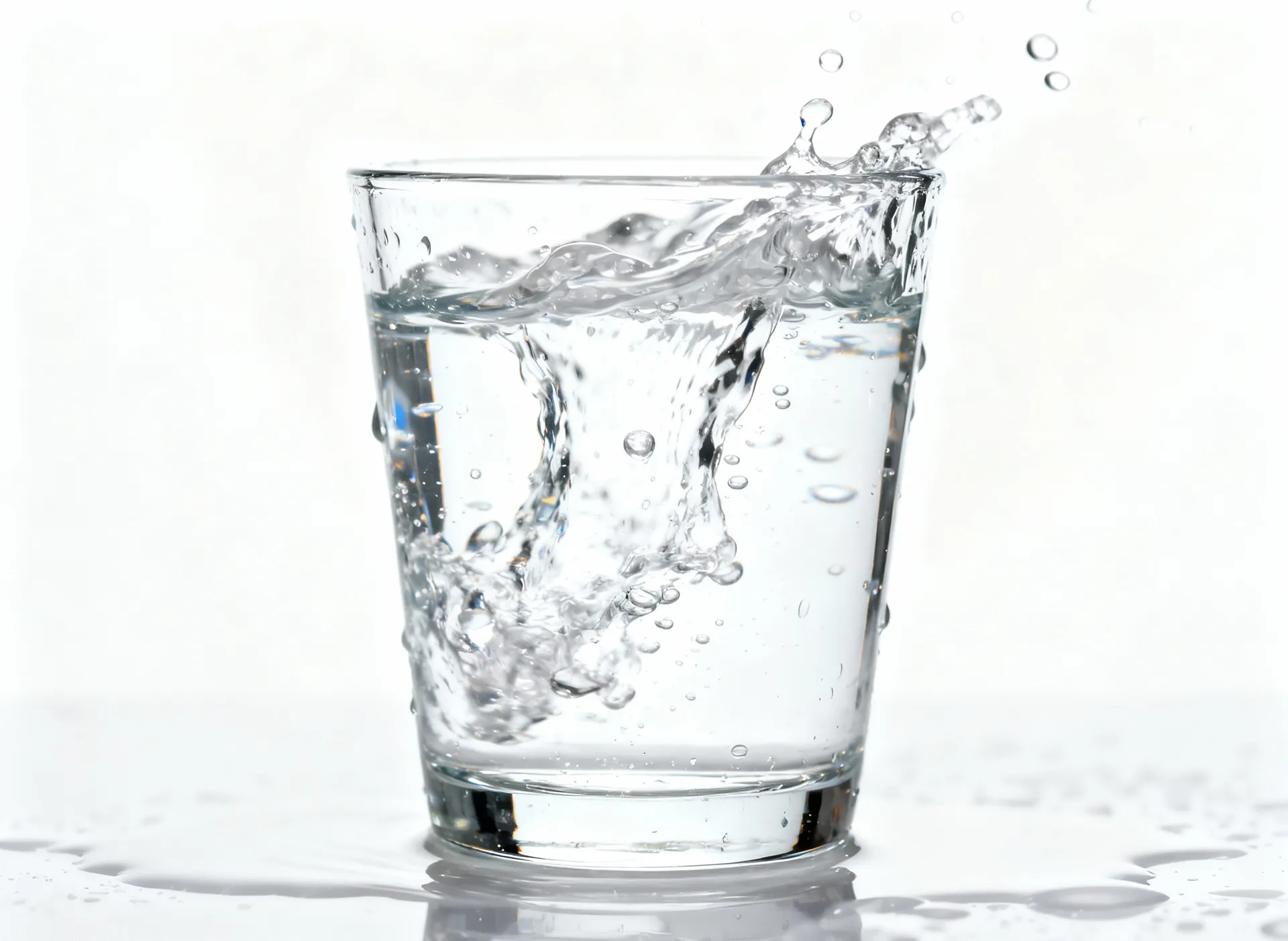Hydration Education in Schools: Teaching Kids the Importance of Water
Learn how hydration education in schools helps children stay healthy, focused, and ready to learn. Discover strategies for teaching kids about water intake, healthy beverages, and daily hydration habits.

Healthy habits start early, and one of the most essential yet overlooked habits is staying hydrated. Teaching children about hydration in schools is not just about reminding them to drink water—it’s about building lifelong awareness of how water supports their health, focus, and performance. Hydration education ensures that kids understand the direct link between what they drink and how they feel, think, and learn throughout the day.
Why Hydration Matters for Kids
Children are naturally active and burn energy quickly. Their bodies are made up of around 60 percent water, and even a small drop in hydration levels can affect how well they concentrate, move, and function. Water regulates body temperature, transports nutrients, and helps remove waste. Without enough fluid, kids can feel tired, dizzy, or struggle to concentrate in class.
Studies show that even mild dehydration can impact cognitive performance, mood, and memory. For growing minds, this can mean reduced classroom participation, slower learning, and difficulty staying alert. Teaching hydration awareness equips kids with an important health tool that benefits both their academic and physical performance.
The Role of Schools in Hydration Education
Schools are central to shaping children’s daily routines and behaviors. Since students spend most of their day in classrooms, having access to clean drinking water and basic knowledge about hydration can influence their choices beyond school hours. A well-structured hydration education program should combine curriculum-based learning, health policies, and physical accessibility to water sources.
1. Accessible Drinking Water
Water fountains, bottle-filling stations, and visible reminders can encourage hydration throughout the day. Schools should ensure that water is available in every common area, from classrooms to playgrounds, and that the infrastructure is clean and well-maintained.
2. Curriculum Integration
Hydration lessons can easily fit into science, health, and even math subjects. Teachers can explain how water moves through the body, how much is lost during exercise, and how to measure water intake. By engaging students with experiments, such as comparing water content in different beverages, educators can make learning practical and fun.
3. Staff Training and Role Modeling
When teachers and school staff model good hydration habits, children are more likely to imitate them. Encouraging staff to take water breaks, bring reusable bottles, and discuss hydration during class sends consistent messages about its value.
Integrating Hydration into Daily Routines
Effective hydration education goes beyond textbooks. It encourages action. Schools can design creative strategies to help students form positive water-drinking habits.
- Hydration Trackers: Encourage students to record how many glasses they drink each day.
- Water Challenges: Organize friendly competitions between classes to promote consistent water intake.
- Reusable Bottle Campaigns: Provide or promote reusable bottles for each student, emphasizing sustainability and health together.
- Morning Reminders: Start the school day with a brief hydration message or a ‘water time’ announcement.
Understanding Dehydration: Signs and Consequences
Children may not always recognize when they are dehydrated. Teaching them to spot the signs is critical. Common signs of dehydration include dry mouth, dark urine, headaches, and fatigue. The consequences of unmanaged dehydration can range from minor discomfort to serious health problems such as heat exhaustion or kidney strain.
Dehydration Awareness Tips:
- Explain that thirst is a late sign of dehydration—drinking water regularly prevents that.
- Use visual tools like color charts for urine to help kids understand hydration status safely and anonymously.
- Incorporate hydration discussions into sports and physical activity sessions, where water loss is higher.
Link Between Hydration and Academic Performance
Hydrated students perform better academically. Research suggests that students who regularly drink water show improvements in focus, attention span, and short-term memory. Proper hydration helps maintain steady energy levels, reducing disruptions caused by lethargy or headaches. Schools that prioritize hydration often report more engaged, happier, and cooperative students.
Healthy Beverage Choices
Part of hydration education involves helping children differentiate between healthy and less healthy drink options. While water should be the primary drink, kids are often drawn to sugary sodas, juices, or sports drinks. Educational programs can use simple comparisons to show how sugar impacts energy and concentration.
Hydration-Friendly Choices:
- Plain water—cold, filtered, or flavored naturally with fruits like lemon or berries.
- Milk or plant-based alternatives with no added sugar.
- Herbal teas or infused water during cooler seasons.
Drinks to Limit:
- Sugary sodas and energy drinks, which can cause energy spikes and crashes.
- Packaged fruit juices with added sugar.
- Caffeinated drinks, which may lead to dehydration.
Parental and Community Involvement
Parents play a vital role in reinforcing hydration habits learned at school. Schools can strengthen this collaboration by sharing educational materials, hosting wellness workshops, and including hydration challenges that extend to family participation. Community programs can further support by supplying safe drinking water and promoting awareness campaigns through local events or social media.
Practical Hydration Tips for Kids
- Drink a glass of water first thing in the morning before breakfast.
- Take small sips throughout the school day rather than large amounts at once.
- Always carry a reusable water bottle and refill it between classes or activities.
- Choose water over sugary drinks during lunch and snack times.
- Drink extra water after sports, outdoor play, or hot weather.
Evaluating the Success of Hydration Programs
Schools that implement hydration educational programs should monitor their effectiveness through surveys, observation, and student feedback. Measuring water consumption, health outcomes, and classroom engagement can help refine strategies over time. Additionally, gathering teacher insights provides a broader view of how hydration influences student behavior and performance.
Creating a Long-Term Hydration Culture
Building a lasting hydration culture requires consistency. When schools normalize water breaks, celebrate hydration milestones, and promote refillable bottles, staying hydrated becomes a natural part of the environment. Over time, these daily behaviors shape a generation that values water not just for health, but as part of sustainable living.
Conclusion: Empowering Kids Through Knowledge
Hydration education is more than a health subject—it’s a life skill. By teaching kids why water matters and showing them how to make the right choices, schools empower them to take charge of their health and learning potential. A hydrated student is an energetic, focused, and happier learner, ready to take on every challenge the school day brings.


